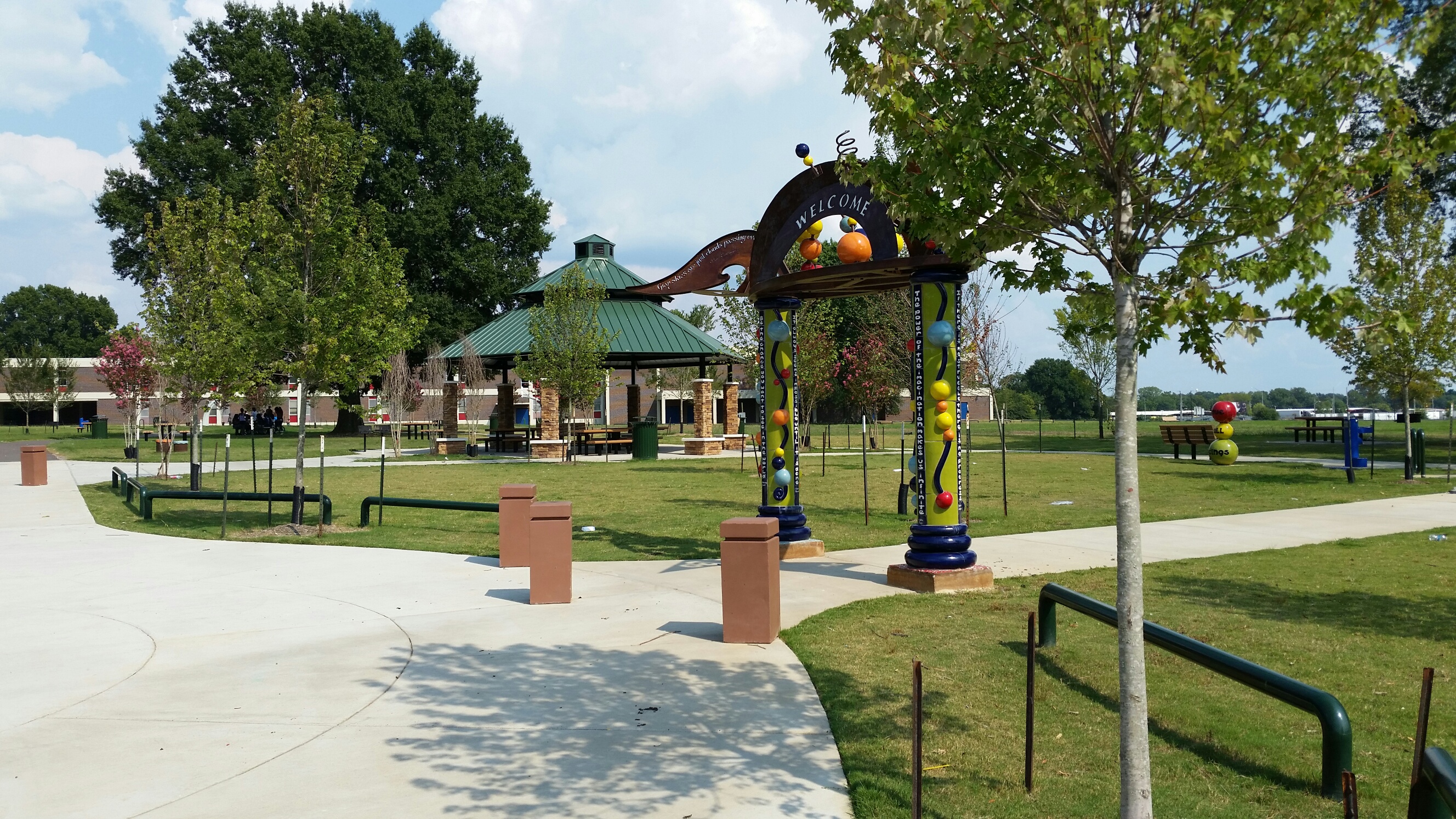From Atlantic Cities:
A couple weeks ago the folks at Cracked told readers that “living in a city makes you dumber.” There are a number of flaws here — beyond the obvious one of getting your science news from Cracked — but the research at the center of the claim has some relevance to cities worth considering nonetheless. What it tells us is not so much a story about the hazards of city living as it is about the benefits of city parks.
The original study at issue here, which I’m familiar with from earlier work, was published back in 2008 in Psychological Science [PDF]. A research team led by Marc Berman of the University of Michigan gave participants a standard memory and attention test then assigned some of them to walk through downtown Ann Arbor, and others to walk through the impressive campus arboretum. The participants were tested again upon their return, and beyond a doubt the group that took the nature walk scored significantly better.
Cue the cities-make-you-dumb assertions. But that’s not really what going on here. In fact, the people who took the city walk scored higher too — though not nearly as high as the nature group, and not convincingly higher than you’d expect someone to score upon taking the same test a second time.
Instead what’s going on is what Berman and colleagues call “attention restoration theory.” In simple terms, when we’re in a setting with a great deal of stimulation, like a city, we expend a great deal of direct attention on tasks like avoiding traffic and fellow pedestrians. When we’re interacting with nature, however, we use an indirect form of attention that essentially gives our brain a chance to refresh, much like sleep.
As the authors themselves conclude, the results really demonstrate, above all else, the salutary effects of a natural environment:
In sum, we have shown that simple and brief interactions with nature can produce marked increases in cognitive control. To consider the availability of nature as merely an amenity fails to recognize the vital importance of nature in effective cognitive functioning.
Earlier this year the same research group (with additional collaborators) came out with another study, set for publication in the November issue of the Journal of Affective Disorders. This time the researchers wondered how nature would influence a group of participants with clinical major depression. On one hand their symptoms could improve as attention and cognition were enhanced; on the other, their mood might worsen if they used the stroll through the woods to ruminate on troubling thoughts.
The test itself was pretty similar to the earlier study. The researchers assessed the moods and attention abilities of 20 people with major depression, then primed them for rumination by asking them to consider an unresolved personal experience. At that point, some of the people took an hour-long walk in the arboretum (below, in green), while others made their way through downtown Ann Arbor (in red). A week later the study participants repeated the process but walked in the other setting.

Just as before, attention performance increased more after nature walks than urban walks (in fact, the effect size was five times larger than in the 2008 study). The mood priming worked too: participants left the lab for their respective walks in worse moods than when they entered it. But after the strolls, those people who’d been through the park showed much greater improvement in “positive affect” — an emotional state typically low in depressed patients.
The study prompts several conclusions. The first, not really tied to cities, is that nature walks might provide a cost-efficient supplement to traditional treatments for major depression. As the researchers point out, the mood priming did work, meaning study participants set out on their journey thinking about a negative personal event. The fact that their positive affect improved despite this sour state shows the cognitive power of park land.
The second conclusion, more germane for our purposes, is that “incorporating nearby nature into urban environments may counteract” some of the cognitive strains placed on the brain by the city, the authors write. Recent research has suggested economic and crime benefits of urban greenery; now advocates can legitimately add “public health” to their list of arguments.
As always, caveats apply. To name just one: Nichols Arboretum in Ann Arbor, while no Central Park, is still quite vast at 123 acres. It would be nice to see the results replicated in an urban park of more modest (or, better yet, statistically average) proportions. Be great to know just how many trees it takes to give a city brain the break it needs from crossing traffic, or navigating subway platforms, or sitting in our cubicles reading Cracked.




